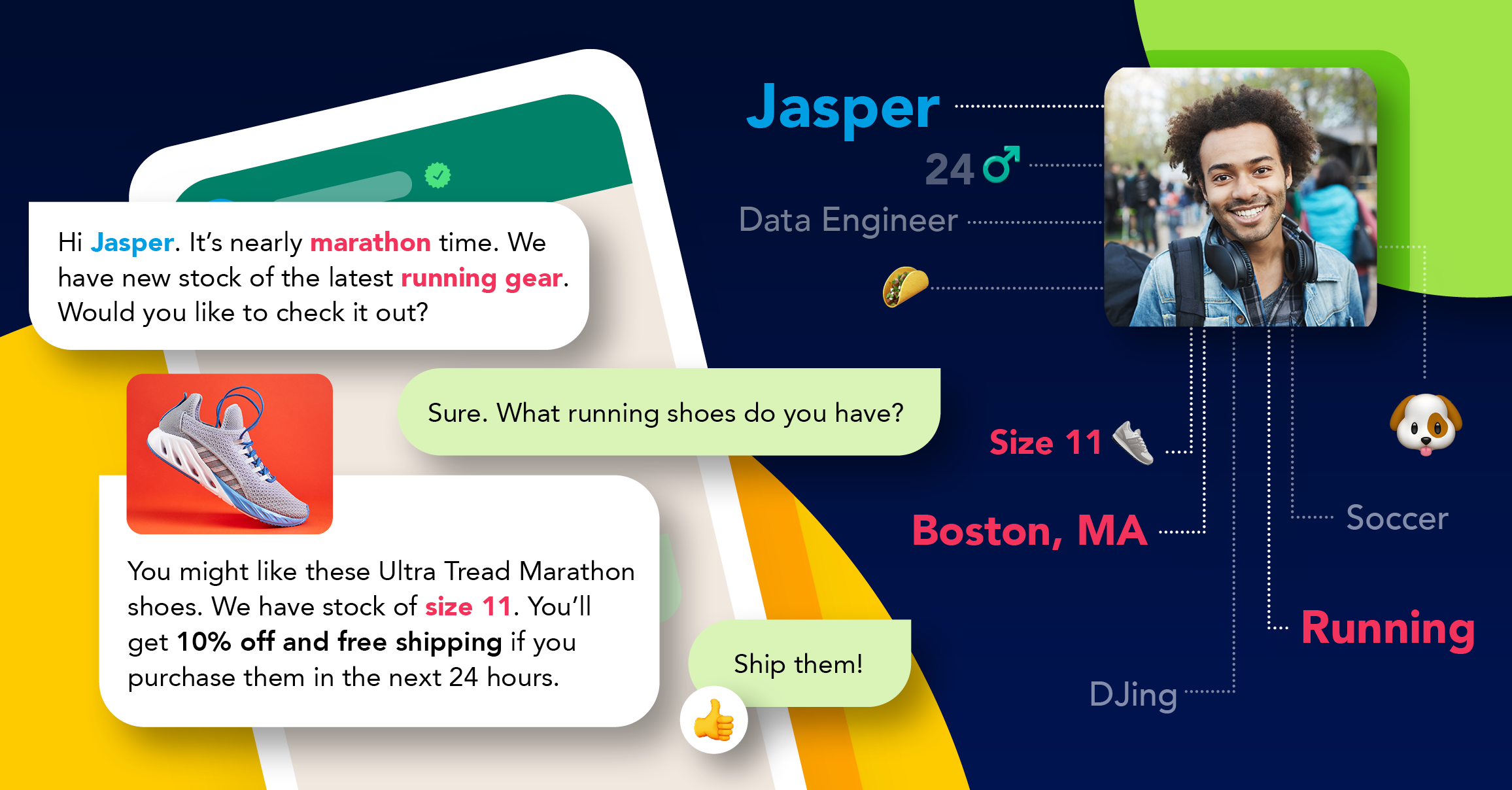
Machine learning & customer service
As social media and mobile drive a shift from passive brand consumption to active brand engagement, the number of touch points between customers and brands continues to grow, as do customer expectations. Customers are growing increasingly cynical towards textbook campaigns and superficial personalization. Instead, they want to do business with brands that can deliver genuine customized experiences and facilitate meaningful interactions across every channel. We examine the role that machine learning and automated customer service play in this trend and key factors in how brands can introduce automation into their omnichannel customer experience.
Carlton Doty, an analyst at Forrester Research suggests that the customer experience is driven by context.
“Context enables customer-managed relationships,” says Doty. “For customers, the concept of channels is irrelevant. Typically, the choice to interact with a brand through a certain channel is based primarily on convenience, personal preference, or even coincidence.”
Here’s where machine learning can play its part in the experience
Because context is so important, it’s important that brands are available across every channel possible. Machine learning can build a holistic understanding of the customer through data collected through the customer’s online behavior. Ultimately then, regardless of which channel the customer chooses from their context, brands can engage with them. This is the future of artificial intelligence-based omnichannel customer experiences.
It also goes beyond simply picking the right channels. Brands also need to know what conversations their customers want to engage in. Are they looking to give feedback, or just researching before making a product purchasing decision? Again, machine learning is of value. It gives brands the ability to monitor thousands, perhaps millions of processes and procedures. Brands are able to measure this, report on it, and build up a proper understanding of the customer. This helps in staying one step ahead of what the customer’s looking for, delivering a service or solution before they even realize they need it. In turn, building a positive brand image.
So what are some helpful tips on how a company can introduce automation in their customer service?
They can automate targeted campaigns to their audience
Remembering the value of context to the customer, brands need to be sensitive to what they automate. For example, if they’re selling tech products to a young tech-savvy market, then online automation is probably a great channel to source engagement. Not so, if the brand is selling life insurance to seniors.
Streamline the touch-tone customer touch point
Often these systems are great because they offer customers the chance to speak to a human element of a brand. However, if the process is convoluted or too long, customers are bound to just end up frustrated. Be sure that phone automation is streamlined, clear, and easy to follow.
Automation is a tool, not a substitute
You do your brand and your customers a disservice if you keep them at arm’s length with automation. The purpose of automation is to enhance the customer experience, not replace employees with technology. Don’t rely too heavily on automation, rather utilize it as an aid for genuine service.
Test and then test again
Testing systems should be done as regularly as possible. Doing this will let you know when and where the problems or bottlenecks are and enable you to fix them before they frustrate your customers further.
There are plenty of examples of great omnichannel experiences out there. If you’re interested in adjusting your brand’s strategy, then a little bit of research is the best place to start. Automation of these processes can save time and money and help build stronger relations between your brand and its customers.
Explore other articles
Step into the future of business messaging.
SMS and two-way channels, automation, call center integration, payments - do it all with Clickatell's Chat Commerce platform.








